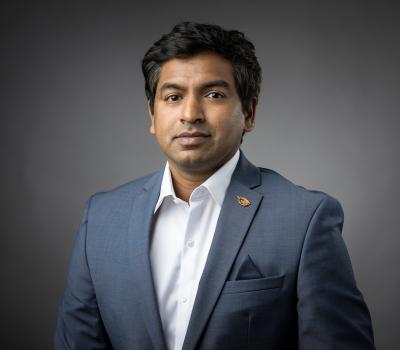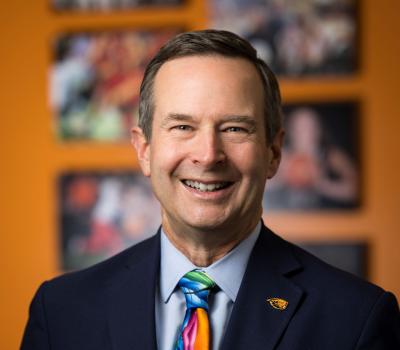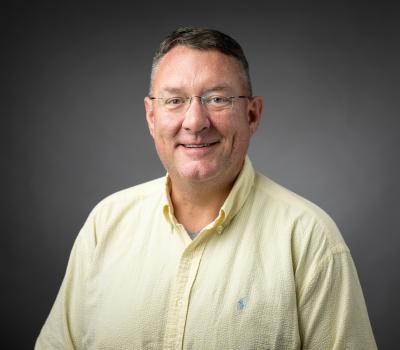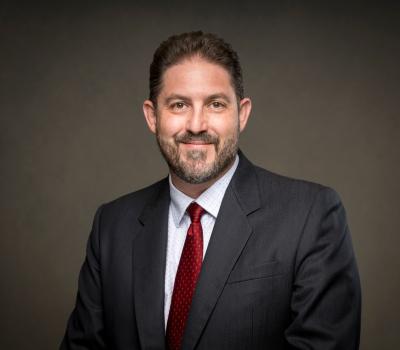Geotechnical engineers help design structures that are either composed of soil or rock or are in contact with it. In essence, they engineer the interface between the natural and built environments. Research provides insight into the interaction and performance of structures with earth, such bearing failures, settlement damage, and failures due to emergent processes such as landslides and liquefaction. Scott Ashford, Kearney Professor and dean of the College of Engineering; Matt Evans, professor of geotechnical engineering; Ben Mason, associate professor of geotechnical engineering; and Armin Stuedlein, associate professor of geotechnical engineering, form the core of the research program in the School of Civil and Construction Engineering. Ben Leshchinsky, associate professor of forest engineering is the College of Forestry liaison to CCE and the CE-FE advisor. Other affiliated faculty include Michael Olsen, professor of geomatics; Marv Pyles (Forest Engineering); Lee Schroeder, professor emeritus; and Ted Vinson, professor emeritus.
Pavan Akula is interested in developing computational models using soil chemistry to determine soil-based infrastructure materials' resiliency. Additionally, his research reduces the net CO2 footprint of conventional construction methods through material optimization and novel construction techniques. Akula leverages interdisciplinary studies with people from soil science, materials science, computer science, and engineering to advance our understanding of making our infrastructure resilient and sustainable.
Research includes enhancing public safety and reducing potential economic loss worldwide from earthquake and coastal hazards through cross-disciplinary research in earthquake and coastal engineering, focusing on full-scale modeling of soil-foundation-structure interaction, seismic site response, coastal erosion, and slope stability.
Research interests include granular mechanics, microstructure quantification, image analysis, numerical methods, unsaturated soil mechanics, and multiphysics behavior of soils, with applications to renewable energy, emergent phenomena (e.g., static and dynamic liquefaction), waste isolation, and sustainable infrastructure. His work is broadly multidisciplinary and has applications in fields such as materials handling, pharmaceuticals, biomechanical engineering, physics, and geology.
Research interests include slope stability analysis and landslide prediction; use of soil reinforcement in earth retention, subgrade improvement, and slope stability; unpaved road behavior; vegetation-soil interaction; and management of water-sediment transport. His investigative approach involves an array of tools including numerical modeling, laboratory work and full-scale field testing. Professor Leshchinsky’s research is based in a variety of disciplines, broadly encompassing geotechnical engineering, water resources, agriculture and forestry.
Professor Stuedlein leads the Full Scale Geotechnics Group where research primarily focuses on the full-scale behavior and performance of natural and improved soil deposits and geo-structures to seismic and soil-structure interaction loading. He has recently refined and deployed the controlled blasting technique at several sites to quantify the seismic performance of sands and silts to depths varying from 2.5 to 25 m. Recent research thrusts focus on improving the liquefaction susceptibility and cyclic response of transitional silt soils in the Pacific Northwest, quantifying the in-situ cyclic resistance of soil deposits, and the role of soil-structure-interaction on the rocking of shallow bridge foundations with titanium column-footing retrofits. His approach merges observations made using advanced instrumentation with laboratory testing, numerical modeling, and statistical analyses to better understand and predict seismic performance.
The geotechnical faculty at OSU has a broad range of experience, including the effects of natural and human-made hazards, soil-structure interaction, fundamental soil behavior, and soil composite behavior. They provide opportunities for collaboration within CCE and with numerous other disciplines and specialties (e.g., Mechanical Engineering; Forest Engineering; the College of Earth, Ocean, and Atmospheric Sciences; Applied Mathematics; Statistics; Agricultural and Resource Economics; Microbiology).
Researchers at Oregon State understand the importance of spatiotemporal scales in geotechnical engineering – the fact that behavior at the particle level and the field level are inextricably linked. Accordingly, geotechnical research at Oregon State is performed across three spatial scales:
- Grain scale - Research includes computer simulations using very small elements, such as individual soil grains. It allows the discovery of fundamental mechanisms at the soil grain level that affect behavior at larger scales. Also, researchers can perform virtual experiments where actual experiments are impossible.
- Element scale - Laboratory experiments (i.e., element tests) and scale models (i.e., centrifuge and laminar box tests) to simulate soil/rock behavior are the predominant research tools at this scale. Specific experiments include quantifying the static and dynamic mechanical response of soils, thermal testing, and wave-based characterization of geomaterials.
- Field scale - This includes field testing for soil properties and of geostructures at full scale. Examples include: lateral load testing of pipe piles embedded in or near the crest of slopes, pipe ramming experiments, multi-channel analysis of surface waves (MASW) testing of native and densified soil, and multi-reinforcement strip pullout tests. The Geotechnical Engineering Field Research Site web page has more information about Oregon State research at this scale.




